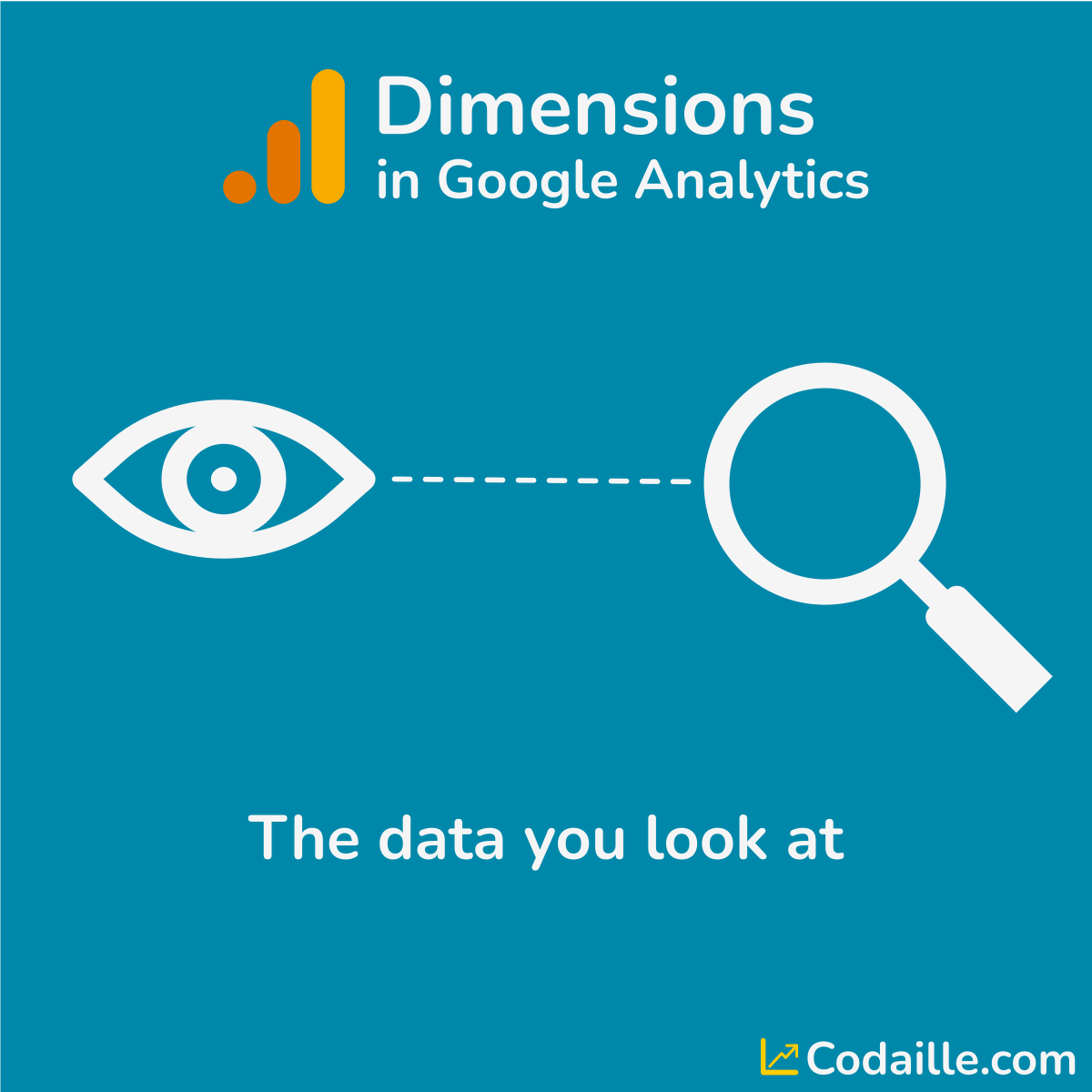Discovering Google Analytics Secondary Dimension: Methods and Benefits
Discovering Google Analytics Secondary Dimension: Methods and Benefits
Blog Article
Unlocking the Power of Second Measurement Analytics for Improved Information Insights and Decision-Making
In the world of data analytics, main measurements commonly take the spotlight, yet truth deepness of insights exists within the world of second measurements. These additional data points supply a nuanced viewpoint that can illuminate patterns and relationships not easily noticeable initially glance. By utilizing the power of second measurement analytics, companies can introduce surprise fads, reveal relationships, and essence much more purposeful final thoughts from their data. The potential for enhanced decision-making via the utilization of these secondary dimensions is huge, guaranteeing a much deeper understanding of complicated information sets and leading the way for more enlightened tactical choices.
Relevance of Additional Measurements
Exploring the relevance of additional measurements in analytics introduces the surprise layers of data insights essential for educated decision-making in different domains. Additional dimensions provide a deeper understanding of main data by using extra context and viewpoints. By incorporating second measurements into analytics, organizations can extract much more extensive and nuanced understandings from their datasets.
One key significance of second measurements is their ability to section and categorize key data, permitting a more comprehensive evaluation of certain parts within a dataset. When looking at the information as a whole, this division makes it possible for companies to recognize patterns, fads, and outliers that could not be obvious. Moreover, secondary measurements assist in uncovering correlations and dependences between different variables, causing even more accurate forecasting and predictive modeling.
Furthermore, second dimensions play a vital duty in improving data visualization and coverage. By including second measurements to visualizations, such as graphes or charts, analysts can create much more insightful and insightful representations of data, assisting in far better communication of findings to stakeholders. Overall, the assimilation of additional dimensions in analytics is instrumental in unlocking the complete potential of data and driving evidence-based decision-making.
Key Benefits of Making Use Of Secondary Measurements
Using additional dimensions in analytics provides organizations a tactical advantage by enhancing the depth and granularity of data insights. One key benefit of incorporating second measurements is the ability to section and filter data, enabling for a more detailed evaluation of details facets within a dataset. This division allows organizations to obtain an extra nuanced understanding of their target market, performance metrics, and various other crucial information points. By dissecting information making use of additional dimensions such as time, place, device kind, or individual demographics, organizations can uncover patterns, fads, and connections that may otherwise continue to be concealed.
Moreover, the usage of second measurements enhances the context in which primary data is translated. By leveraging second measurements in analytics, organizations can harness the full capacity of their data to drive much better decision-making and attain their organization objectives.
Advanced Data Analysis Methods
A deep study innovative information evaluation strategies Look At This reveals sophisticated methods for extracting useful understandings from intricate datasets. One such technique is artificial intelligence, where algorithms are used to identify patterns within data, anticipate results, and make data-driven decisions. This method enables the automation of logical model structure, enabling the handling of big volumes of information at a faster speed than standard methods.
Another advanced strategy is predictive analytics, which uses statistical formulas and artificial intelligence techniques to forecast future outcomes based upon historic data. By analyzing fads and patterns, organizations can expect customer behavior, market patterns, and prospective threats, encouraging them to make aggressive choices.
Furthermore, text mining and belief evaluation are beneficial strategies for removing understandings from unstructured information sources such as social networks comments, consumer reviews, and study responses. By assessing text data, companies can understand consumer point of views, identify arising trends, and improve their services or items based upon comments.
Enhancing Decision-Making Via Additional Measurements

Enhancing decision-making with second measurements enables services to make even more educated and targeted strategic selections. For instance, by segmenting consumer data based on second measurements like acquiring background or engagement levels, firms can customize their marketing methods to details audience segments, causing improved conversion rates and customer complete satisfaction. Second dimensions can help identify correlations and partnerships in between various variables, allowing companies to make data-driven decisions that drive growth and earnings.
Implementing Second Measurement Analytics
When including second measurements in analytics, organizations can unlock much deeper understandings that drive calculated decision-making and boost total efficiency. Carrying out secondary measurement analytics requires a structured technique to make certain effective utilization of this powerful tool. The initial step is to determine the essential metrics and measurements that straighten with the company's critical objectives. This involves understanding the particular concerns the organization seeks to address and the information points needed to resolve them.

Additionally, organizations ought to utilize advanced analytics devices and modern technologies to improve the procedure of integrating secondary dimensions. These devices can automate data handling, evaluation, and visualization, enabling organizations to concentrate on translating understandings instead explanation of hand-operated information adjustment.
Final Thought
In conclusion, additional measurement analytics play a critical function in improving data insights and decision-making procedures. By making use of innovative data evaluation strategies and executing secondary dimensions successfully, organizations can unlock the power of their data to drive tactical organization choices.
In the world of information analytics, primary measurements often take the limelight, yet the true deepness of understandings exists within the realm of second measurements.Making use of second measurements in analytics offers organizations a tactical benefit by enhancing the deepness and granularity of information insights. By leveraging secondary measurements in analytics, companies can harness the full possibility of their information to drive much better decision-making and achieve their organization goals.
Executing data recognition processes and normal audits can assist maintain information high quality and reliability.
By making use of sophisticated data evaluation techniques and applying additional dimensions properly, organizations can open the power of their data to drive critical service decisions.
Report this page